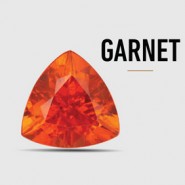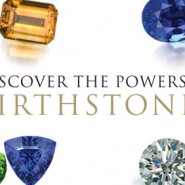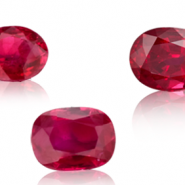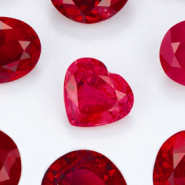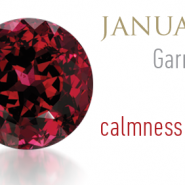January’s birthstone, garnet, is known for its impressive variety of eye-catching colors, which can be almost any color of the rainbow. Garnets occur in green (demantoid and tsavorite), orange (spessartine), red (almandine and pyrope), and purplish red (rhodolite), plus a few rare garnets even change color under different types of light. But color is far from a garnet’s only attractive feature.
Read More >>Think of every passing year as an opportunity to celebrate with your birthstone. In fact, people have been wearing birthstone jewelry since the 15th century in Poland, when they were encouraged to own all 12. And while birthstone secrets and lore can be found right here on our blog, today we share what makes YOUR birthstone a powerful statement of your finest qualities.
Read More >>Our favorite leading ladies stepped onto the red carpet in vibrantly colored gowns bedecked with glittering jewels for this year’s 85th Academy Awards. Yesterday, we covered breathtaking blue gemstones, which enhanced bold sapphire-colored gowns worn by celebrities such as Lilly Collins and Jennifer Hudson. Today, we’ve compiled a list of colored gemstones in celebration of the glamorous demonstrations of color Oscars fashion has inspired.
Read More >>Blame it on St. Valentine, but February is synonymous with the color red. Giving your special someone a red gemstone jewelry piece would be the ultimate token of affection to mark the upcoming holiday dedicated to romance. When considering purchasing a red gemstone such as ruby, garnet, or red diamond, there are a few key facts and considerations to keep in mind.
Read More >>Garnet, January’s birthstone, is one of the most diverse gemstones. It comes in an extraordinary range of color, although it’s most commonly known for its rich shade of red. In fact, the name garnet is thought to be derived from the word pomegranate, because the more commonly found deep red varieties of the gemstone resemble pomegranate seeds.
Read More >>

